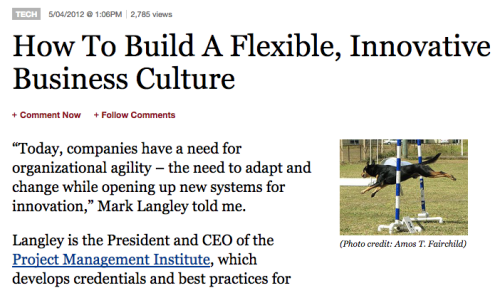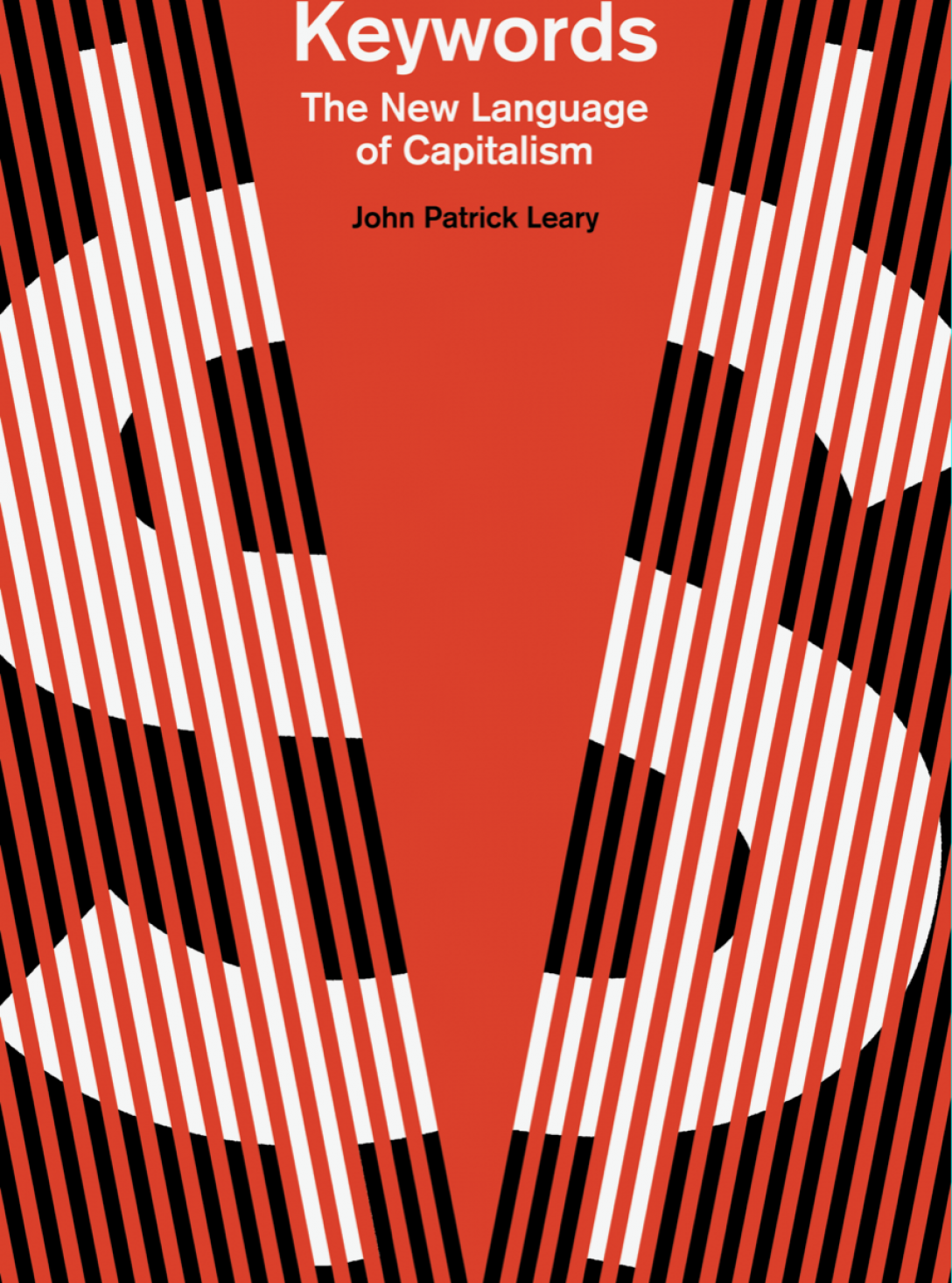Economist Mark Blythe defines austerity as “a form of voluntary deflation in which the economy adjusts through the reduction of wages, prices, and public spending to restore competitiveness, which is supposedly best achieved by cutting the state’s budget, debts, and deficit.” To Blythe, the economic defense for such policies is “completely and utterly wrong,” a dishonest “morality play” in which blame has shifted from the banks to the state. One of the things that surprised me when I began this project was how imaginative, even fanciful, was the language of MBAs and economists, whose prestige derives from their disciplines’ pretensions to science and hard-headedness. Consider the metaphor of “business confidence,” in which abstractions like “business” and “the market” are personified with the fragile psyches of a lily-livered moper who must be either brow-beaten or deceived back into cheerfulness.
Austerity economics, as explained by wellness expert Troy McLure
Hi, I’m Troy McLure! You might remember me from such self-help videos as “Smoke Yourself Thin” and “Get confident, Stupid!” And now I’m here to tell you about only real path to mental health. That’s right, it’s the Brad Goodman…something or other.
One of the prevailing metaphorical tropes (that I’ve noticed so far) in the language of austerity is not only psychic or religious, but bodily: a firm reducing its workforce is “trimming the fat,” and a civic or private organization cutting its budget is getting “leaner,” “nimble,” more “robust,” or more “agile” in order to gain greater “flexibility.” Austerity culture seems to demand a sort of embodied moral discipline, like that of the ascetic in the wilderness: trimmed of excess fat, devoted to a single task, scornful of leisure that might detract from this task, decoupled from the sort of workaday tedium that distracts the uninnovative.

“Flexibility” is a word with a history in labor economics, especially in the area of “labor flexibility.” Like the other bodily metaphors noted above, though, “flexibility” is most often used euphemistically in journalism, marketing, and political rhetoric. Like “nimble,” it is an athletic and vigorous trait, well-suited to politicians who want to telegraph “market-based” solutions while evading any details about their consequences. Wisconsin’s Governor Scott Walker, for example, uses the term and its variants constantly in public statements and press releases. A state bill that provides “flexibilities in the disposal of oil absorbent materials” and allows government agencies “flexibility in maintaining pollution standards” are particularly worrisome examples of this euphemistic usage. Or as an an education policy primer on the Governor’s website reads:
Providing our children with a quality education will equip them with the necessary skills to thrive later in life. It is also an economic imperative to ensure our children are ready to compete in the global economy. Governor Scott Walker provided even greater flexibility to school districts when he signed 2011 Act 105 and worked with State Superintendent Tony Evers to receive increased flexibility from the federal government.
Note, here, how “flexibility” is linked grammatically to the prior sentences’ talk of “quality education,” “thriving later in life,” and the “economic imperative” of public education; yet it appears here as a non-sequitur, since the term is never defined or explained.
This ambiguity is implicit in the word’s history. “Flexibility” as Walker uses it is a metaphorical application of the common meaning, “freedom from stiffness or rigidity.” Two obsolete definitions in the OED are telling, given the word’s adoption by austerity-minded politicians and cost-cutting executives: “The quality of yielding to pressure” and the “readiness to yield to influence or persuasion, pliancy of mind or disposition.” While flexibility as “freedom” calls to mind an athlete’s dexterity, the latter definitions are a metaphorical borrowing of the word’s most literal definition, an object’s pliancy. Flexibility is therefore meant to connote freedom through “versatility,” a quality said to inhere in the private market and in the digital technologies that often serve as a proxy for it. Besides versatility, the ability to do anything, flexibility also suggests capriciousness, the willingness to bend and yield as required.

Note the picture
For example, the phrase “flexible scheduling” has two radically different meanings based on the class position of the employee hearing it: in white-collar professions, it means revised hours, telecommuting, or part-time employment, offered as a benefit to employees with family obligations. As Bryce Covert writes at the Nation, however, the progressive sheen of such policies conceals the gender inequality in their application: some firms, for example, only offer “flexible scheduling” to new mothers, and such policies would seem to do little to address, and may actually exacerbate, the penalties that women employees pay for childcare and eldercare responsibilities.
In retail and food service, “flexible scheduling” means something completely different: the rigid management of hourly wage workers’ schedules by their bosses. This is what the Retail Action Project, borrowing a term from “lean manufacturing” in the automobile industry, calls “just-in-time scheduling.” Sophisticated scheduling software allows managers to plan their employees’ schedules days or hours in advance, calibrating them to respond immediately to the smallest fluctuations in demand for labor. Here, the employees’s time is made “flexible,” and workers who seek to maintain academic commitments, family duties, or regular free time away from work must bend into shape. This powerful report from the New York Times discussed how Jannette Navarro, a Starbucks employee and single mother in San Diego, saw her non-working life, and that of her young son, upended by her erratic working day:
“’You’re waiting on your job to control your life,’ she said, with the scheduling software used by her employer dictating everything from ‘how much sleep Gavin will get to what groceries I’ll be able to buy this month.’”
Such practices are often defended by employers who say that the irregular schedules suit transient or part-time employees. Yet newly “flexible” employees, who are are ostensibly “free” from managerial pressure to conform to a standard working day, are in fact valued insofar as they bend to it.

Flexibility + innovation = stickers to keep your phone from sliding around on stuff
Where “nimble” and “lean” refer to the shape and size of a firm, invoking austerity rhetoric’s moral sanction against employee profligacy, “flexibility” refers specifically to the ways in which time, compensated and otherwise, is ever-more finely commodified and controlled. Selling austerity measures to the public requires a vision of the future as bleak and pitiless, and “flexibility” claims to offer a defense against this uncertainty. See, for example, the grandiose claims made for the “flexibilities” (read: cuts to state funding, withdrawal of public oversight, online outsourcing) sold as a cost-containment strategy at the University of Wisconsin. “We’re trying to find ways to reduce the cost of education,” said Chancellor Raymond Cross, who clearly doesn’t see any Vice-Provosts he doesn’t need. The Wisconsin “flexible degree” program—also known, muscularly, as “UW-Flex”—aims to combine the “flexibilities” of online education with college credit for “competencies” gained through work experience. Giving the university “flexibility”—which, it cannot be stressed enough, is never even superficially defined or really even described in the public statements, press releases, and public remarks I’ve read—will allow it to adapt to the future.
To prioritize course offerings, the UW Flexible Degree will focus on knowledge and competencies that make students employable now and adaptable to whatever the future market may bring, UW officials said.
And as the Governor ‘s press release put it: UW-Flex “allows students to adapt quickly to ever-changing industries and businesses.” Left unstated, of course, is how the UW-Flex program has developed this prophetic vision of the future economy, or why such a rapidly changing business climate would not therefore make last year’s “Flex” education any less obsolete that conventional classroom knowledge would be.

So whenever I hear “flexibility” I think of the tragic figure of Plastic Man, who fell into a toxic tank at a plastics factory, and whose great gift and terrible burden is the ability to wrench himself into whatever object his current task requires. A nimble organization maximizes productivity while minimizing labor costs. It also requires flexible employees who can bend into as many different shapes as possible. A “nimble” bureaucracy is therefore populated by “flexible” people who are, in this framing, creative, vigorous, and gymnastic. And yet as I wrote about “nimble,” much of the current language of austerity imagines corporate businesses as bodies in virtually every way except as a group of overextended or underpaid ones. Those who use the term “flexibility” imagine themselves as great pragmatists, quantifying “competencies” and “efficiencies” wherever and whatever they may be, sweeping away all abstraction and uncertainty into a spreadsheet. Less moralistic than “nimble” and less prophetic than “innovation,” the concept of “flexibility” still retains some of the esoteric pixie dust that surrounds the cult of the innovator. “Innovation” frames wealth as the natural product of market-driven, individualistic, visionary creativity. With “flexibility” and the right software, our bosses can even conquer time, and bend it, along with us, to their immediate requirements.


[…] Keywords for the Age of Austerity 16: Flexibility March 18, 2015 […]
LikeLike
[…] Keywords for the Age of Austerity 16: Flexibility March 18, 2015 […]
LikeLike
[…] of 10% or 15% of the value of increase in exports. To further increase exports, SMEs are given flexibility to comply with the value-add condition that is from 30% to 20% and from 50% to 40% for manufactured […]
LikeLike
[…] policies, we were repeatedly told, is to give chancellors flexibility. Flexibility, of course, is code for a host of austerity measures predicated on the consolidation of power in administrative […]
LikeLike
[…] policies, we were repeatedly told, is to give chancellors flexibility. Flexibility, of course, is code for a host of austerity measures predicated on the consolidation of power in administrative […]
LikeLike
[…] celebrate, 1) zealous moral commitment (the Way of the Entrepreneur) and yet also 2) an acquiescent flexibility to the demands of the market, a willingness to turn your zealous commitment on a dime as trends […]
LikeLike